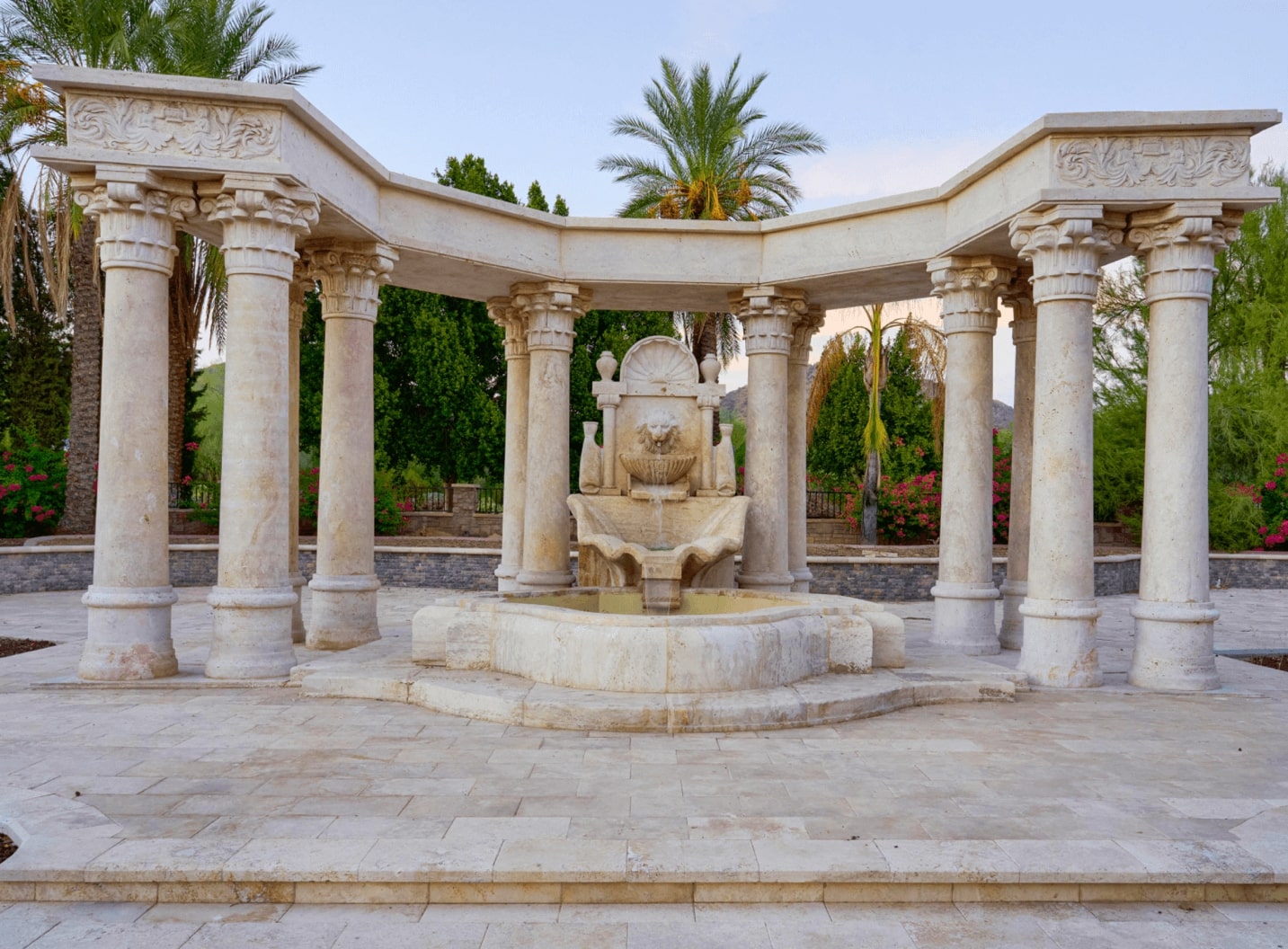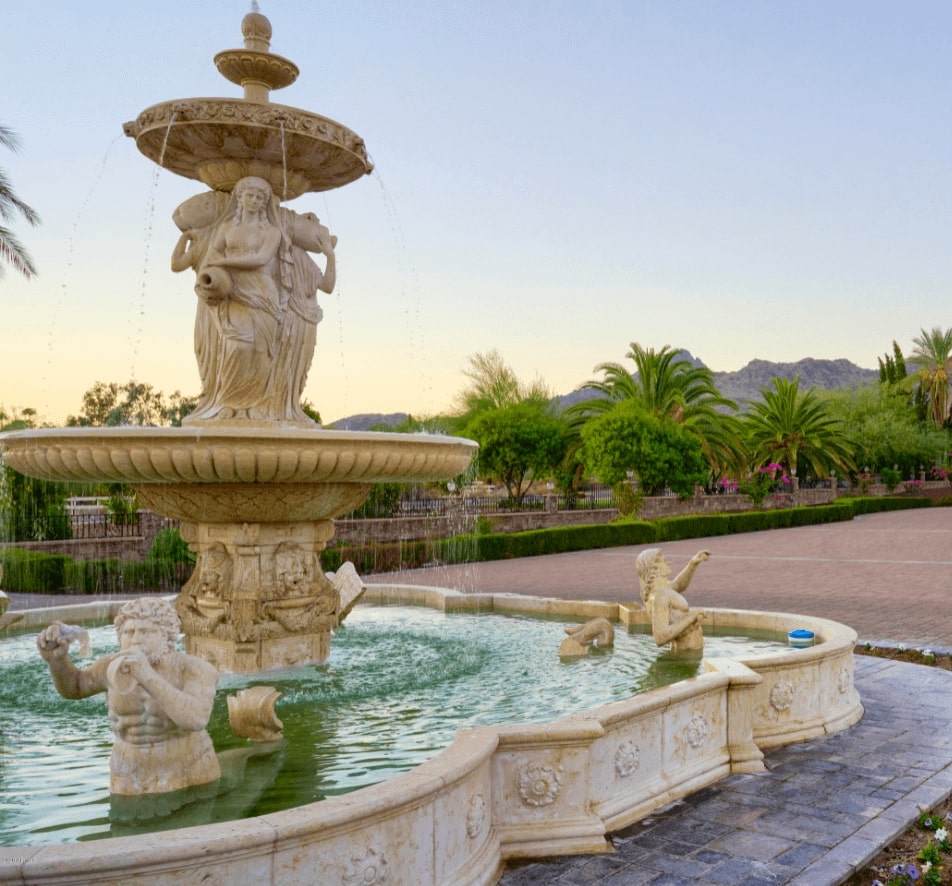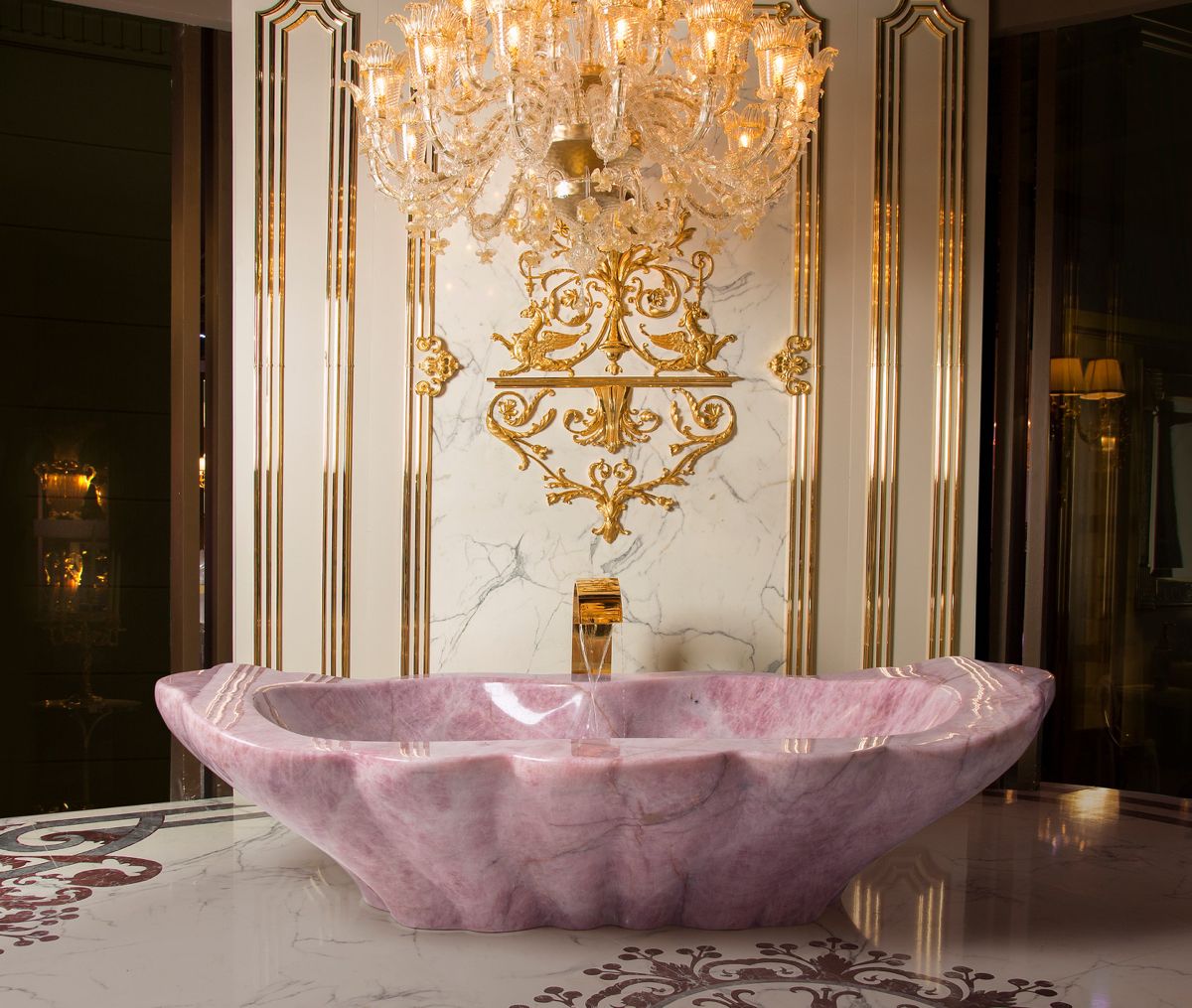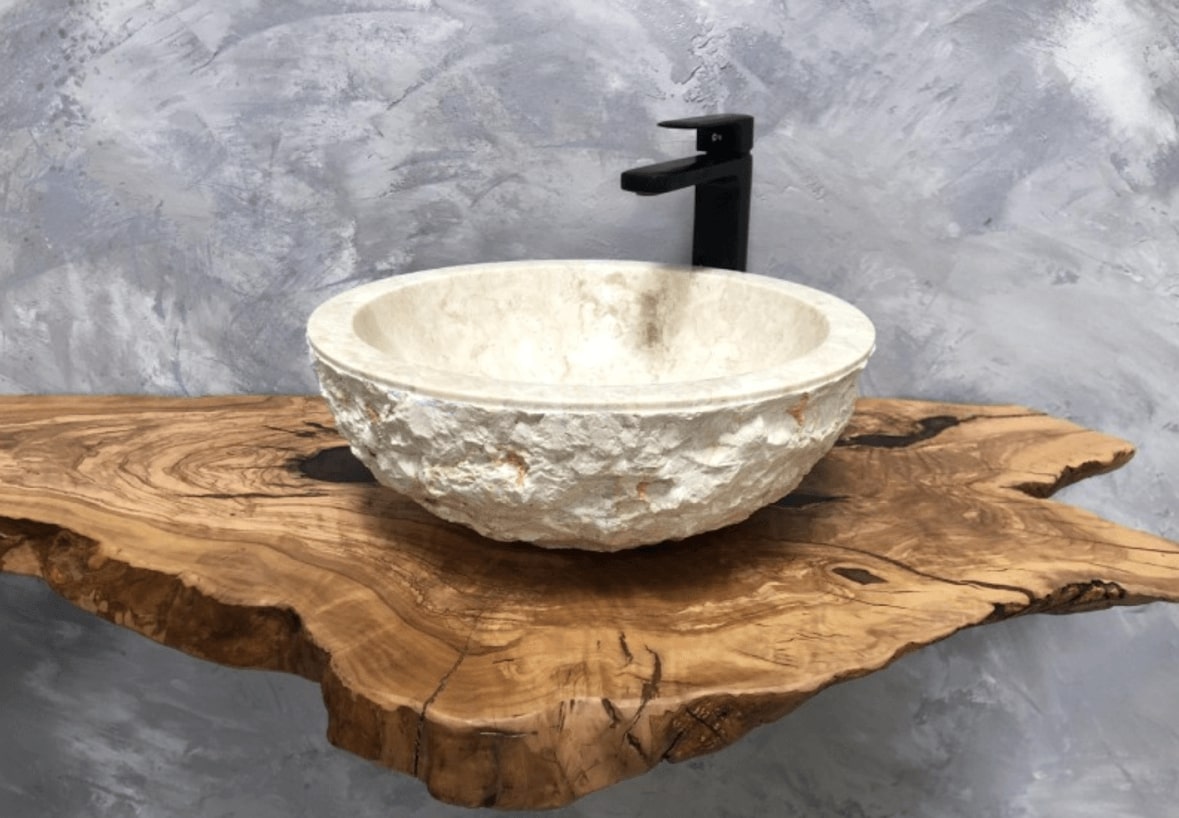Horse Marble Statues: The Symbolic Significance and Meaning in Art and Design
Horse marble statues stand as enduring symbols of artistry and cultural significance, weaving together the graceful elegance of horses with the timeless beauty of marble sculpture. These captivating works of art transcend their physical forms, representing far more than mere craftsmanship; they embody a profound symbolic significance that has resonated through history, cultures, and artistic expressions. In the world of art and design, horse marble statues have held a special place, not only for their aesthetic allure but also for the deeper meanings they convey. This exploration delves into the rich symbolic tapestry woven by these statues, unveiling the diverse interpretations and cultural contexts that make them an integral part of human creativity and artistic legacy.
Horse as a Symbol of Power and Authority
Horse marble statues have often been used to symbolize power, authority, and leadership. In various cultures and historical periods, the horse was associated with the ability to conquer vast territories, lead armies, and establish dominion. Elaborate on how horse statues were used as political propaganda, depicting rulers or military leaders on horseback to convey their strength and control.
-
Conquest and Leadership
Horse marble statues have long been used to depict powerful leaders and conquerors mounted on horseback. These statues symbolize their ability to dominate and lead. An example is the statue of Genghis Khan on horseback in Mongolia, where the rider's commanding posture and the horse's dynamic stance embody the ruler's dominance over vast territories.
The equestrian statue of Napoleon Bonaparte at the Cour Napoléon of the Louvre Museum in Paris. The statue depicts Napoleon on a rearing horse, projecting his military prowess and leadership during his reign. The horse's dynamic pose signifies strength and dominance, emphasizing Napoleon's role as a conqueror.
-
Political Propaganda Throughout history, rulers used horse statues for political propaganda. Equestrian sculptures served as reminders of a ruler's might and their capacity to maintain control. The bronze equestrian statue of Marcus Aurelius in Rome stands as an emblem of imperial strength, immortalizing his reign and influence over the Roman Empire.

The equestrian statue of Peter the Great in St. Petersburg, Russia. This statue portrays Peter the Great astride a powerful horse, symbolizing his transformative role in modernizing Russia. The statue's placement in a prominent location underscores the ruler's ambition and the state's authority under his leadership.

Horse Symbolism in Mythology and Religion
Discover how horses have held sacred and mythological significance in many cultures. In ancient Greek mythology, for instance, horses were linked to gods like Poseidon and Apollo. In Norse mythology, Odin's eight-legged horse Sleipnir was a symbol of speed and transcendence. Discuss how these mythical connections influenced the creation of horse marble statues for religious or ritualistic purposes.
-
Divine Companionship Horses often shared a connection with gods in various mythologies. In Hinduism, Uchchaihshravas, a seven-headed celestial horse, emerged during the churning of the ocean. It symbolized divine blessings and celestial abundance. Marble depictions of such divine horses emphasized their ethereal significance in the mythological narrative. The Ashvamedha Horse statues in Indian temples. In Hindu mythology, the Ashvamedha sacrifice involved releasing a horse to symbolize a king's sovereignty. Temples often feature sculptures of these sacred horses, signifying divine blessings and the king's connection with the gods.

-
Cultural Significance The horse's significance in myths extended to various cultures. The Pegasus, a winged horse in Greek mythology, is a symbol of poetic inspiration and artistic creativity. Pegasus statues often embodied the spirit of artistic pursuits, celebrating the human imagination's soaring capabilities.
The Winged Victory of Samothrace, also known as Nike of Samothrace, in the Louvre Museum. While not a horse statue, the sculpture features a figure with wings akin to Pegasus, evoking the spirit of victory and triumph. The statue's dynamic form captures the essence of artistic inspiration and the celebratory nature of victory.
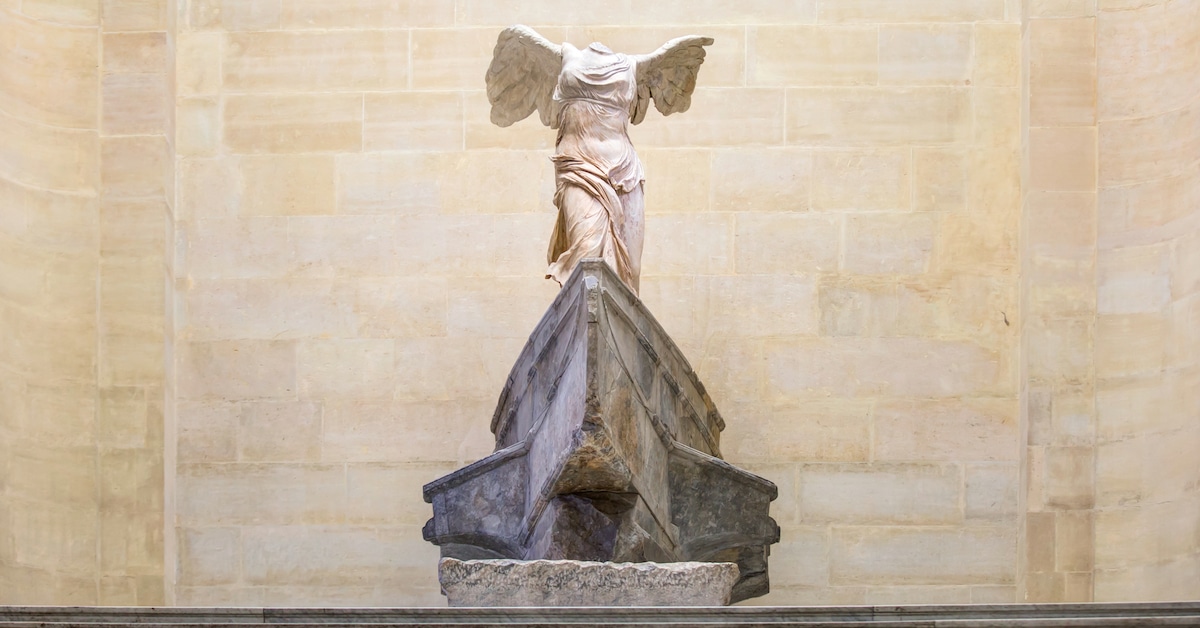
Horse as a Symbol of Freedom and Movement
Horses are also seen as symbols of freedom and movement due to their graceful and dynamic nature. The act of riding a horse represents the ability to explore new horizons and break through limitations. Explore how horse marble statues have been used to capture this sense of liberation and adventure, possibly in depictions of pioneers or explorers.
-
Boundless Horizons The horse's association with freedom is reflected in statues representing pioneers and explorers. The bronze statue of Charles Marion Russell on horseback in Great Falls, Montana, encapsulates the spirit of the American West. The horse's galloping form symbolizes the boundless frontiers and the adventurous spirit of exploration.

The "End of the Trail" statue by James Earle Fraser. This sculpture portrays a weary Native American warrior on horseback, representing the end of an era as Indigenous cultures faced displacement. The horse's lowered head and the rider's posture evoke a sense of exhaustion and transition, symbolizing the closing of one chapter and the opening of another.
-
Liberation and Empowerment Horse sculptures have also been used to depict themes of personal liberation. One example of horse sculptures symbolizing liberation and empowerment is the "Horse Tamer" by Rudolf Siemering. This sculpture, located in Philadelphia's Fairmount Park, depicts a powerful figure taming a wild horse, symbolizing the conquest of nature and the mastery of one's circumstances. It represents the idea that with determination and control, individuals can overcome challenges and achieve personal liberation and empowerment.
Another notable example of horse sculptures embodying themes of liberation and empowerment is the "Equestrian Statue of Joan of Arc" by Emmanuel Frémiet in Paris, France. This remarkable statue portrays the iconic historical figure Joan of Arc on horseback, carrying her banner as she led the French army to victory during the Hundred Years' War. It serves as a powerful symbol of courage, determination, and the empowerment of women in history, celebrating Joan of Arc's unwavering resolve and her pivotal role in liberating France.

Evolution of Horse Sculptures: From Realism to Abstraction
Trace the evolution of horse marble statues in terms of artistic style. Begin with realistic portrayals found in ancient civilizations and move through different periods of art, such as the Renaissance, Baroque, and modern eras. Discuss how the representation of horses shifted from detailed realism to more abstract or stylized forms, reflecting changes in artistic techniques and cultural values.
Realism and Detail Ancient civilizations, particularly the Greeks and Romans, showcased a remarkable talent for capturing the intricate details of horses in their sculptures. These works of art demonstrated a deep appreciation for the animal's anatomy and movement, setting the foundation for future artistic endeavors. The equestrian statue of Marcus Nonius Balbus in the Vatican Museums is a prime illustration of this commitment to realism. The sculpture meticulously portrays the muscular structure and lifelike proportions of the horse, highlighting the mastery of classical sculpture techniques during the ancient Roman era.

Transition to Modern Artistic Interpretations
Over the centuries, artistic interpretations of horses underwent a notable transformation, shifting from an emphasis on strict realism to more abstract and emotional expressions. This transition was particularly evident during the modern era when artists sought to infuse their works with deeper meaning and symbolism. Marino Marini, a prominent artist of the 20th century, skillfully blended traditional sculpting techniques with abstract forms. In his work, "The Angel of the City," Marini presented a stylized horse with elongated proportions and a palpable sense of movement. The sculpture prioritizes emotional resonance over strict anatomical fidelity, signifying a significant shift in artistic priorities. This piece reflects the evolving role of the horse as a symbol of emotions and abstract concepts rather than a mere representation of physical reality.
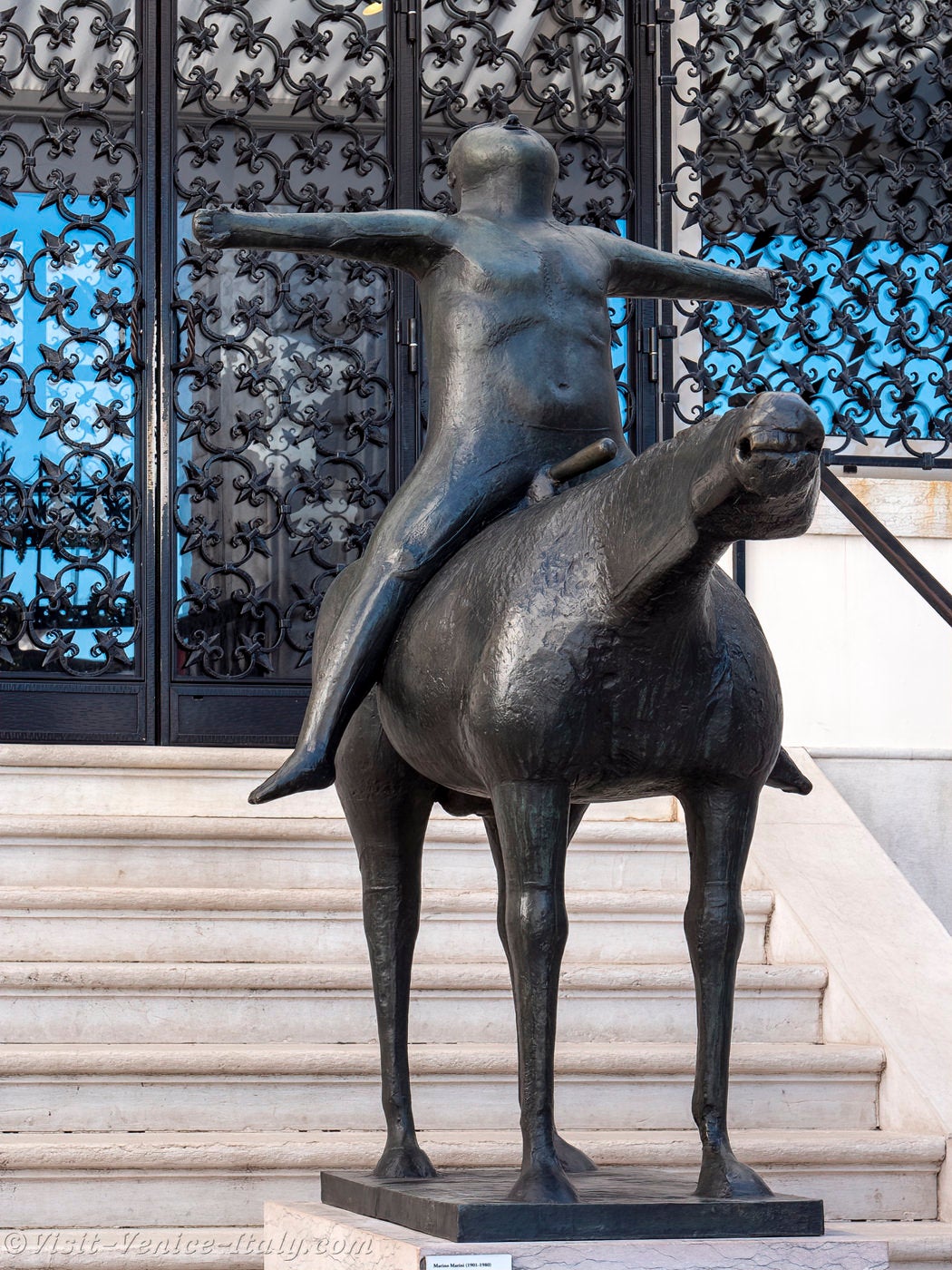
The Influence of Cultural Values
The evolution of horse sculptures also mirrored changes in cultural values. While ancient civilizations valued precision and the mastery of technique, modern artists began to prioritize the conveyance of emotions, ideas, and the exploration of the human psyche. Horses, once depicted as accurate physical beings, became vessels for conveying deeper meanings and artistic experimentation.
Another compelling instance is Pablo Picasso's sculpture, "Head of a Horse." In this innovative work, Picasso masterfully distills the essence of a horse into abstract geometric forms. The sculpture features minimalistic lines and shapes, foregoing the intricate detail of traditional realism. Picasso's approach emphasizes the horse's symbolic significance, offering viewers a unique perspective that transcends the boundaries of traditional representation. This sculpture reflects Picasso's dedication to redefining artistic norms and exploring new realms of artistic expression.
The evolution of horse sculptures reflects not only changes in artistic techniques but also shifts in cultural values and priorities. From the detailed realism of ancient civilizations to the abstract and emotionally charged works of modern artists, horse sculptures have continually adapted to convey a wide range of human experiences and aspirations.
Conclusion
In the realm of art and design, horse marble statues stand as timeless symbols, reflecting humanity's multifaceted relationship with power, spirituality, memory, freedom, and artistic expression. From their depiction of rulers' dominance to their role in connecting mortals with the divine, these statues bridge history and mythology. As equestrian monuments honor legacies and inspire ideals, they simultaneously capture the pursuit of freedom and movement. The evolution of horse sculptures, from detailed realism to abstract representation, showcases the ever-evolving interplay between tradition and innovation. These statues remind us that art is a conduit for expressing complex emotions, timeless stories, and the essence of the human experience.Contact Classybath Stone Tubs to elevate your living space with a customized horse marble statue. Whether for indoor or outdoor display, our expertise in creating exquisite marble art allows you to bring the spirit of these magnificent creatures into your home decor. Celebrate the timeless beauty and symbolism of horse sculptures with a piece tailored to your unique vision and taste.

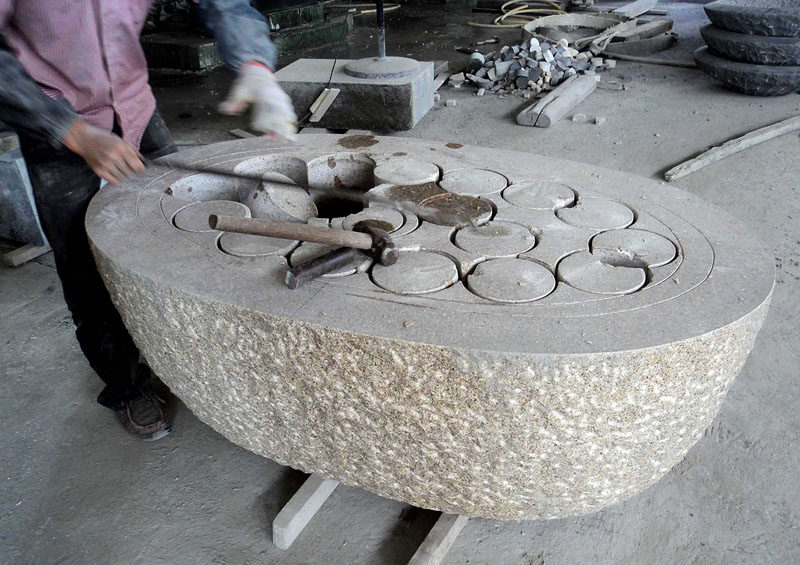
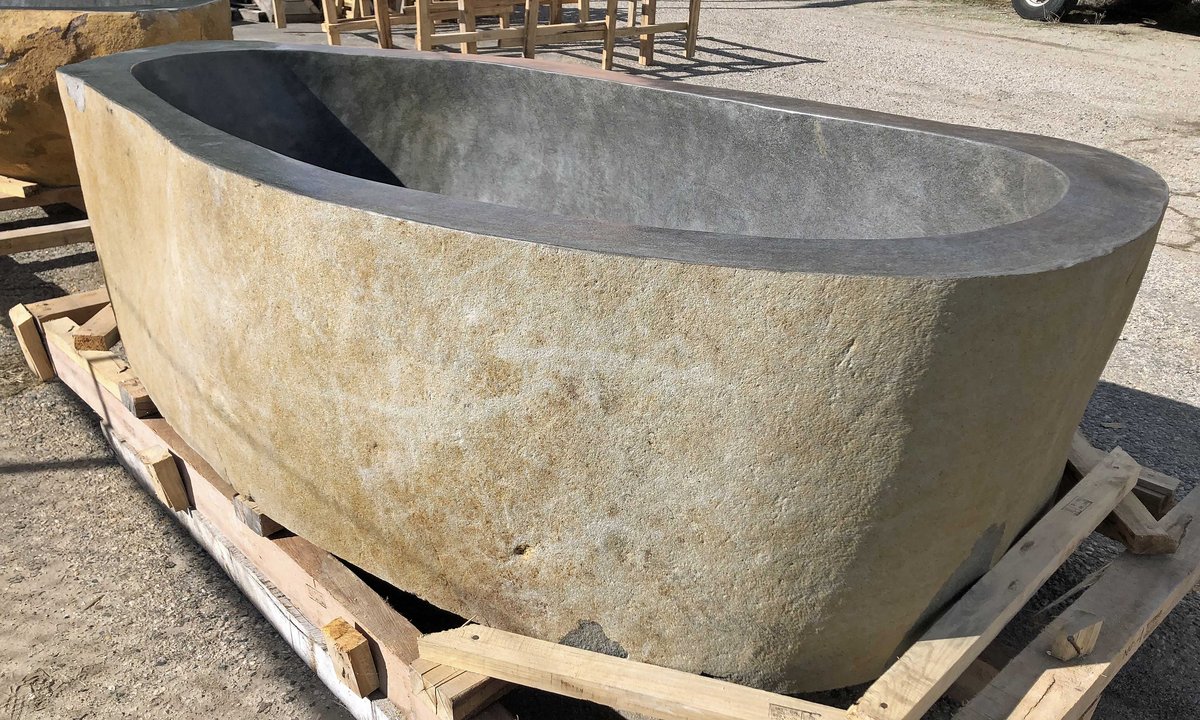
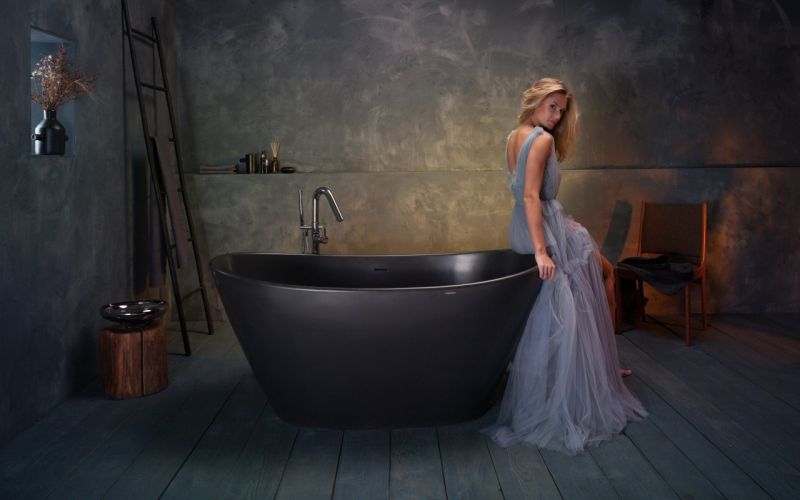

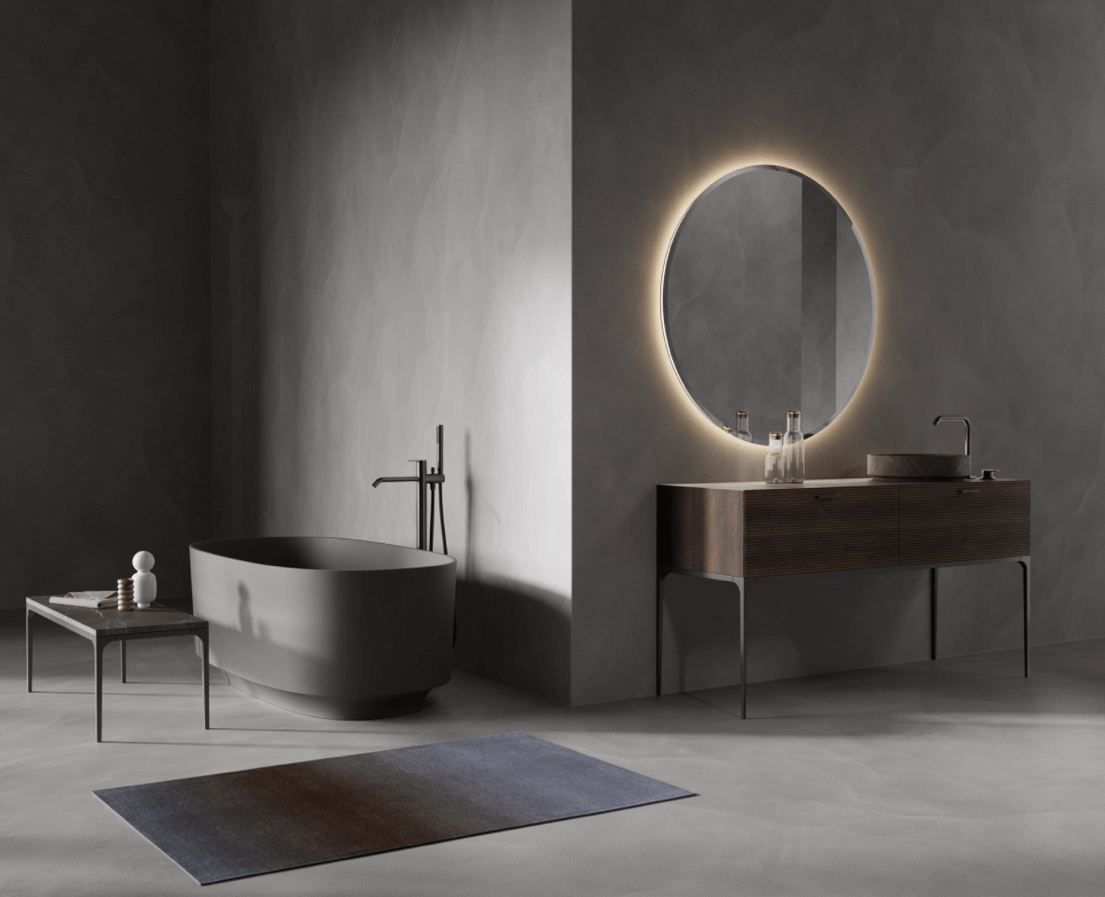
.png)
